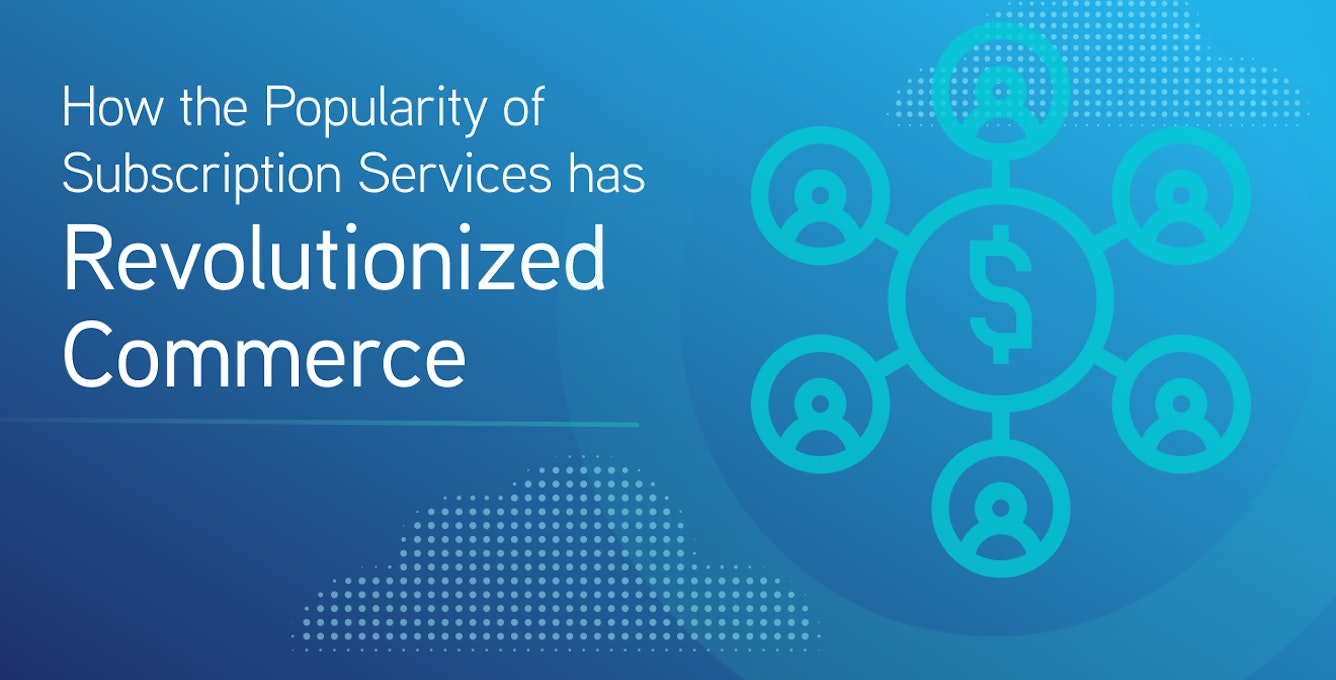Cloud Topics
How the Popularity of Subscription Services Has Revolutionized Commerce
By Nicole Lim / June 29, 2020

Subscription commerce has made waves across a variety of platforms. Digital commerce services, such as classes, movies, music, and software applications are now widely available as subscription services. Below, you can learn more about the subscription commerce model, why it works for businesses and consumers, and the future of such services.
What Is the Subscription Commerce Model?
The subscription commerce model isn’t just about selling a subscription box, but rather encompasses all manner of services, digital solutions, and even software packages, including:
- Sales operations;
- Marketing;
- Product management and delivery;
- Customer support.
The subscription commerce model has been a huge boon for the commerce industry. Traditional e-commerce selling can be subject to surges or lulls based on industry trends, which can change from year to year, or even from season to season. But subscription commerce allows businesses to accrue a steady and consistent revenue stream, as well as a higher percentage of audience retention. This can lead to benefits such as higher business valuation, and ease of long-term planning.
Why Do People Enjoy Subscription Services?
In short, subscription services can offer savings, efficiencies, and a streamlining of operations for businesses that make them a gateway to modern operations.
Digital product subscriptions, such as streaming services, have skyrocketed in popularity. Software as a service (SaaS) has also increased, especially due to the events of COVID-19, as businesses of all kinds have decentralized and started working more remotely. This creates a business and consumer need for SaaS subscription services, such as the Microsoft 365 suite of tools and applications. The rise of remote work has also pushed businesses to start phasing out legacy systems like onsite servers in favor of remotely-accessible solutions like the cloud, and implementing more digital commerce solutions, like marketplaces, to stay competitive.
Real-World Examples
DocuSign is a great example of a software as a service subscription commerce model. DocuSign offers several document and signature focused products for business owners — including solutions for small businesses, enterprise-level businesses, and individuals. When you subscribe to these programs, you’re not paying for a physical product, like you would with a traditional e-commerce transaction. Instead, you’re paying for access to the software. The type of access you have can be tailored by the company depending on factors, such as the length or level of your subscription, as well as your specific business needs.
Growth of Software as a Service Subscription Commerce
The earliest form of what we now know as the SaaS model was called Application Service Providers (ASP). ASPs provide a lot of the same services as SaaS solutions — powering business applications from central hosting software — however, there are a few key differences:
- ASPs typically manage and host third-party software where SaaS solutions develop and manage their own.
- ASPs typically require an application software download on a PC to function, and SaaS applications are web based.
- ASPs assign and manage a new application for each individual business, where many SaaS applications can be leveraged by several businesses and users at once.
Software as a service solutions are a more specialized and accessible extension of application service providers. The SaaS subscription model has allowed developers to productize a range of business functions that business owners not only need done, but that they need to be able to access from anywhere. There are countless SaaS products, ranging from automated billing to website analytics and anything in between.
The Future Outlook for Subscription Commerce
As more businesses shift to become more remotely accessible, subscription commerce and e-commerce continues to be explosive. Companies are constantly finding new and innovative ways to productize digital services and business applications to create new subscription solutions. The current global shift toward automation and remote work is creating a ripe market for automated and decentralized solutions through business applications and subscription services, across all types of industries.
Related Articles

Cloud Topics
Cashless Payment Advantages and Disadvantages: Should Your Business Go Cashless?
Simplicity is an important goal in some business models. The simpler you can make operations, the fewer chances of something going wrong, and the easi...By Ideas @ AppDirect / AppDirect / December 11, 2023

Cloud Topics
B2B Marketplaces: A Guide for Your Business
B2B marketplaces can help elevate buyer and seller success online through a centralized platform. Improve the online buying experience for your customers today.By Ideas @ AppDirect / AppMarket / July 6, 2021

Cloud Topics
Top 10 SaaS Trends You Should Know About
Turning to SaaS (Software as a Service) platforms can help reduce the tensions associated with time, money, and resources for businesses from all indu...By Nicole Lim / AppDirect / September 24, 2020